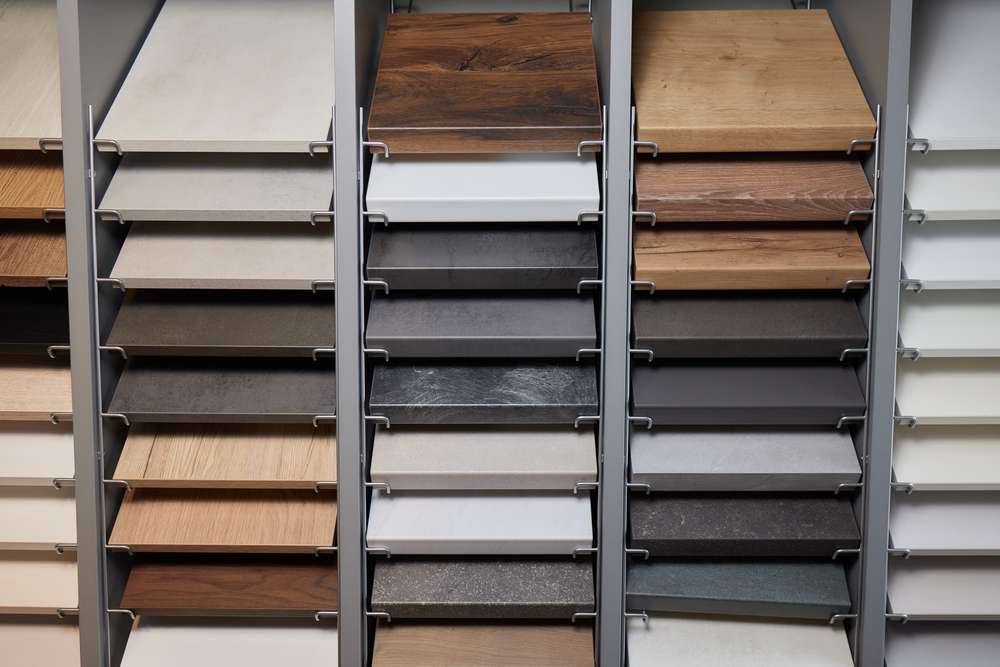Customizable modular systems: planning for future changes
Modular wall shelving systems let you reconfigure storage as needs change, whether in a kitchen, workshop, or home office. This teaser outlines planning priorities—mounting choices, materials, measurements, and organization strategies—that help ensure a system remains safe and functional through multiple rearrangements.

Modular wall shelving is practical for spaces that evolve: you may switch from books to tools, seasonal items, or larger containers over time. Effective planning reduces repeated expense and preserves safety by addressing mounting methods, reinforcement, and compatibility of components before the first installation. Consider how often you will reconfigure, the likely types of items and weights involved, and the environmental factors such as humidity that influence material choice and finishes.
How does modular storage adapt to future needs?
Design modular storage to accept new modules, varied shelf depths, and repositioned components without a complete overhaul. Use track or rail systems that let you move brackets and shelves in set increments, and standardize measurements so accessories remain compatible later. Plan a mix of fixed heavy-duty zones and adjustable lighter zones; this lets you add or rearrange display shelves or bins without compromising the integrity of areas that support heavy loads.
Where should shelves be mounted: studs or drywall?
Choose mounting strategies based on load expectations and desired flexibility. Mounting directly into studs offers the highest safety margin and is preferred for heavy or frequently changed storage. When studs aren’t available in the ideal location, install a plywood backer or a continuous rail screwed into multiple studs to distribute loads. For drywall-only mounting, select anchors rated for the intended weight and verify manufacturer limits for mounted configurations.
Which brackets, anchors, and reinforcement work best?
Match brackets and anchors to expected loads and the modular system’s design. Steel brackets or heavy-gauge metal rails provide better reinforcement for substantial items than lighter alternatives. Toggle or molly anchors can support medium loads in drywall, but rely on studs or reinforced rails for heavy-duty needs. If you plan regular reconfiguration, design reinforcement points and a continuous rail that spreads weight across several fixings to minimize stress on any single anchor.
What measurements, installation steps, and load capacity matter?
Take accurate measurements of wall width, vertical clearance, and obstructions like switches or windows. Plan shelf depths to suit stored items and avoid protrusion into walkways. Determine per-shelf and overall load capacity, accounting for unevenly distributed loads and potential dynamic forces when items are moved. During installation, locate and mark studs, use a level, and choose fasteners appropriate to the material. Proper spacing between supports helps maintain rated load capacity and prevents sagging.
Which materials and finishes resist humidity and wear?
Select materials that align with the room’s humidity and wear expectations. Metal shelving or powder-coated steel resists moisture well for kitchens, basements, or garages. Moisture-resistant plywood and sealed or coated MDF perform better than untreated wood in humid areas. Finishes such as laminate, melamine, or high-quality sealants simplify cleaning and reduce staining; choose finishes that match maintenance routines and visual preferences while protecting against swelling or corrosion.
How to organize modular systems for long-term flexibility?
Plan organization with zones and standardized increments to allow future changes. Reserve sections for heavy, permanently mounted units and other areas for adjustable shelves, pegboards, or bin rails. Use hole spacing or rail increments common across accessories so new components remain compatible. Incorporate clear sight lines, labeling, and category-based zones to maintain order as the system evolves; avoid overly specialized fixtures that limit future reuse or reconfiguration.
Conclusion Customizable modular shelving provides durable, adaptable storage when planned with attention to mounting, reinforcement, and compatible measurements. Prioritize proper installation into studs or reinforced rails, select brackets and anchors that match expected load capacity, and choose materials and finishes suited to local humidity and usage patterns. A layout that combines fixed heavy-duty areas with adjustable compartments and standardized increments supports evolving organization needs without frequent replacement.





